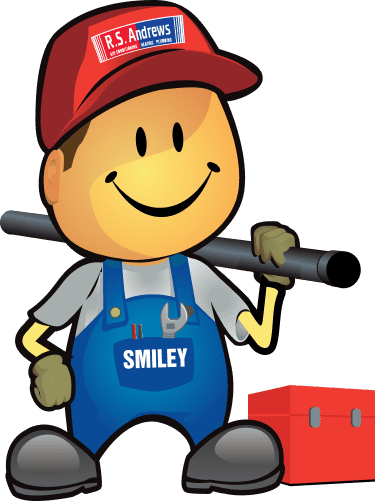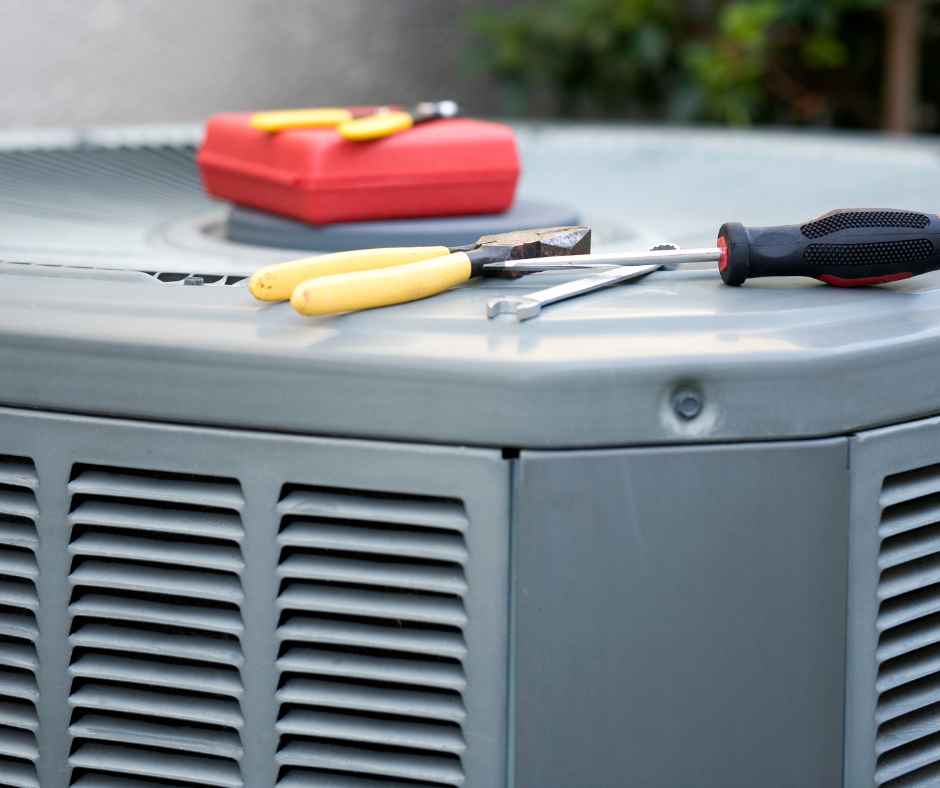Serving Bluffton, Hilton Head & Savannah
5 Things You Can Do To Prepare Your Plumbing For Winter

Protect Your Pipes From the Winter Chill with These DIY Tips
You may wonder why you need to bother prepping your plumbing pipes for winter weather – we live in South Carolina, where winters tend to be mild rather than harsh. But even with our relatively mild southern winter weather, your plumbing system can suffer when temperatures plunge. When water freezes and expands in your pipes, the pipe can crack or burst and allow massive quantities of water to quickly rush into your home, resulting in extensive damage.
The best way to avoid damage from a frozen pipe is to reduce the chance of your pipes freezing in the first place and to know how to stop the flow of water if a pipe in your home does burst. We have laid out five easy steps to help you protect your pipes from freezing winter temperatures.
Locate your main water shut-off valve and make sure it works.
If you don’t yet know where your home’s main water shut-off valve is located, make locating it a priority! Knowing the location of this valve is essential for stopping the potential massive flow of water into your home in case of a plumbing emergency.
In older homes, the main water shut-off valve is usually in the basement or crawl space; for the easiest access possible, it should be within sight of the entrance to the crawl space or basement. In most new construction homes, the main water shut-off valve is installed inside the house, usually in a coat closet or utility room near the front door.
Your main water shut-off valve needs to be in good working condition. At times, these valves can fail. Be sure your valve can open and shut without issue.
You may also consider shutting the water off to your home for vacations and other extended absences, just in case of a frozen pipe while you are away.
Winterize your outdoor faucets.
If you have any hoses or other equipment attached to your outdoor faucets, be sure to remove, drain and store these for winter. The individual water shut-off for each outdoor faucet should then be turned to the off position to stop water flow to the faucet.
Finally, drain the faucet after the water has been turned off. Ideally, a cover can be temporarily placed on the faucets for further protection from cold temperatures.
Pipes in unheated areas of the home need adequate insulation.
Make sure pipes in all of the unheated areas of your home such as your attic, basement and crawl space are sufficiently insulated or wrapped. If you have done any work in these areas that could have affected insulation coverage around the pipes, carefully check all pipes in these areas to ensure the insulation was fully replaced.
You can buy pipe insulation at any hardware store, along with heating tape that can be wrapped around exposed pipes to prevent them from freezing. Pipe heating tape is particularly useful for mobile home crawl spaces that have more exposure to the elements.
Be aware of indoor temperatures in ALL areas of your home.
Be sure to keep all areas of your home warm enough to protect your pipes. If you have areas of your home that are rarely used, it may be tempting to lower the heat in those zones to save heating costs. Lowering the heat too much in these zones, however, could put the pipes in those areas at risk of getting too cold. Always be sure the temperature in unused rooms is warm enough to protect your pipes.
Be sure to keep those remote areas of your home adequately heated; cabinet doors in those areas should be left open to allow the warmer air into the cabinet spaces to keep the pipes warmer.
If you enjoy using a wood burning stove or fireplace for heat in the most lived-in areas of your home, be sure the farthest areas of the home remain warm enough, particularly if your thermostat is close to the fireplace or stove. The heat created by your fireplace can tell your thermostat that no heat is needed and the heat will then, of course, not turn on. Your thermostat only measures the temperature at its location and does not know the temperature of areas farther away from your thermostat.
Cover crawl space vents.
Covering your crawl space vents for winter helps retain warm air from the home in the crawl space area, reducing the chance pipes located in the crawl space will freeze. Closing the vents during winter will also keep your floors warmer, adding extra comfort during the winter months as an additional benefit. Just be sure to remember to reopen your crawl space vents when spring arrives to prevent unwanted moisture issues!
As always, R.S. Andrews is here to help you with all your plumbing, heating and air conditioning service needs! We also provide 24/7 emergency repair services.
Heater on the fritz? Frustrated with plumbing problems? R.S. Andrews is just a call away!






